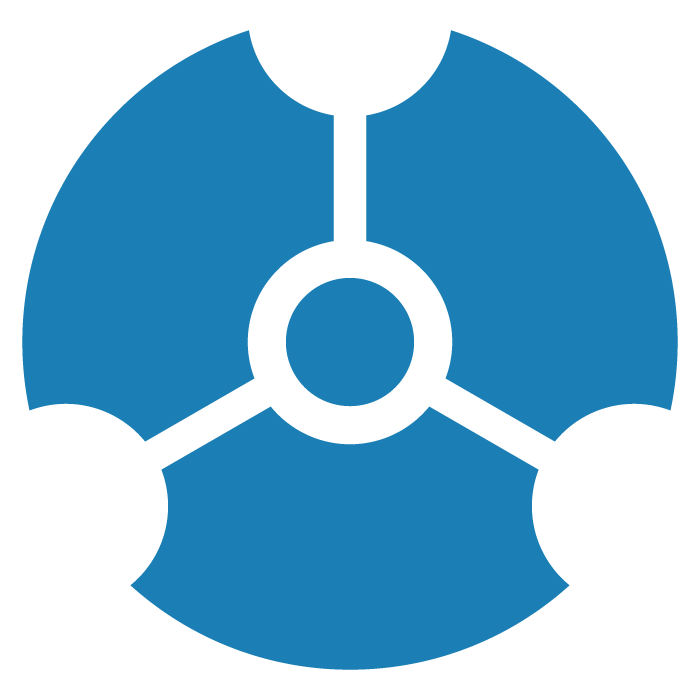3. Properties and Extract
In this Session… | Before you begin… |
|
|
Slide | |
|---|---|
1 | How To GraphXR 3. Properties and Extract |
2 | Before You Begin…
|
3 | When we drop Characters.csv on the project space, columns in the spreadsheet (name, houseName, etc) become properties of Character nodes. To show a table of the data, click Table on the Main Menu,,choose the Category tab and Characters node label. |
4 | From a property we’ll define a new category and relationship, and extract new nodes and edges that are connected to the original Character nodes. |
5 | Let’s switch to Property view. In the Legend, click the Property toggle, and use the dropdown menus to select the Characters category and a property name. A scrollable list is displayed of each unique value for that property in the graph. |
6 | The houseName property has just a few unique values, one for each of the great houses (families) in Game of Thrones. Now let’s create nodes for the houses. Open the Transform panel => Extract tab. |
7 | The Transform panel includes some of GraphXR’s most powerful capabilities to interactively model your data. Transforms affect the whole graph if nothing is selected. If you make a selection, a transform operates on only those elements. |
8 | We’ll create a House category from the houseName property, and a BELONGS_TO relationship in the process that links House nodes to their Character node sources. |
9 | Set houseName as a Key so that a single node is created for each unique value of houseName, and not a separate one for every source node. Now click Run. |
10 | In the Legend, click the Category and Relationship tabs. You’ll see that a node has been created for each house, and Character nodes are now connected to a House node via edges of the BELONGS_TO relationship. |
11 | Click the Property tab, and notice that Character nodes with an empty houseName property value are assigned to a House node labeled not available. If you click the skip empty checkbox before extracting, those Character nodes remain unconnected. |
12 | This is a good time to save our work! Open the Project panel => Data tab. |
13 | You can also save to the cloud by creating a View. Enter a descriptive name and click Save View. The current view is highlighted. |
14 | Now that we’ve saved our progress, let’s go on to Module 4: Link and Filter and bring in more data. |
Next Steps…
How To GraphXR: Module 4. Link and Filter.
